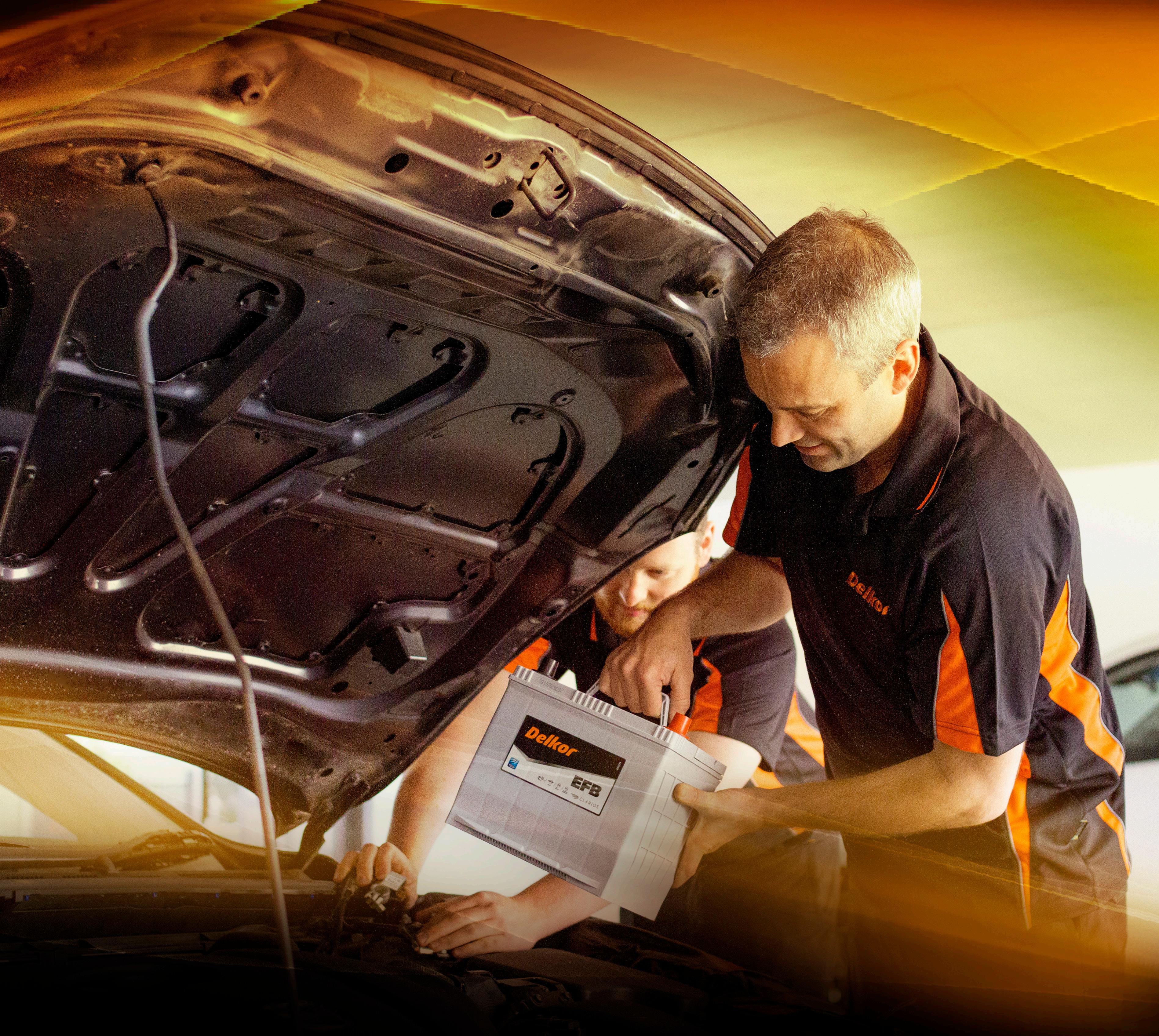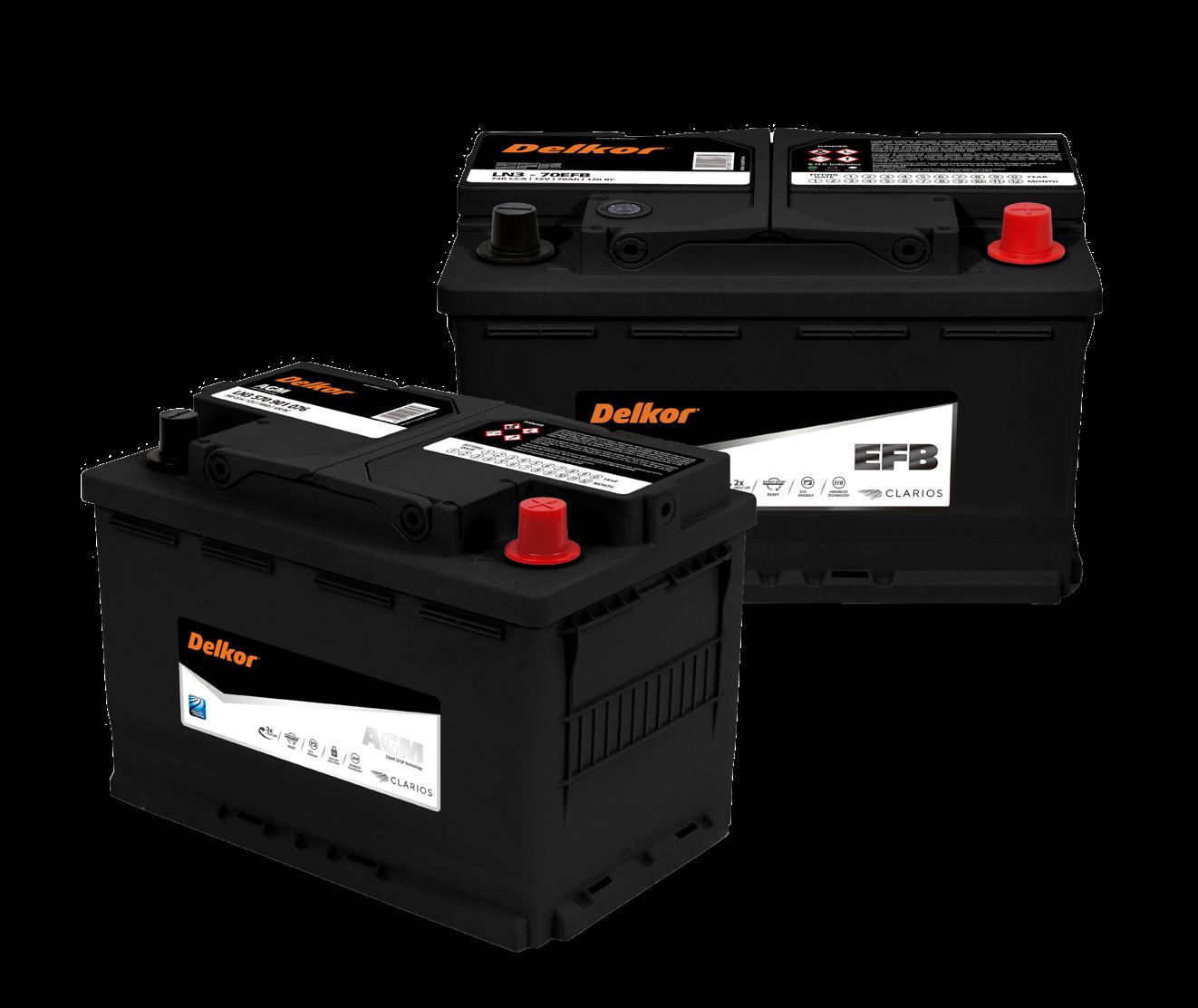
4 minute read
licence changes
GETTING A DRIVER LICENCE IS AN ESSENTIAL RITE OF PASSAGE FOR MANY KIWIS AND COST SHOULDN’T BE AN OBSTACLE, THE MOTOR TRADE ASSOCIATION (MTA) SAYS
That’s why MTA is applauding the announcement that the Driver Licence will be more affordable for many young (and not so young) New Zealanders.
Advertisement
Advocacy and Stakeholder Manager Brian Anderton says New Zealand has one of the highest rates of vehicle use in the world — we have 889 vehicles per 1000 people.
“Because of our geography, population and industry, we have a lot of cars and a lot of people need to drive to earn a living or to connect with family,” Brian says.
“In the current cost of living climate, we don’t need licences to be out of reach for some Kiwis.
“Even more so, we don’t want unlicensed drivers on the road because they couldn’t afford a licence or a re-test.” workshops, battery resellers and parts distributors interested in joining the program are encouraged to get in touch with their local R&J Batteries branch in Wiri, Albany, Hamilton, Christchurch, or Nelson. For more information, please visit rjbatt.co.nz or call 0800 546 000.
Recently, Transport Minister Michael Wood announced that from 1 October 2023, the average driver will save $86 when they successfully move through the graduated driver licencing system.

The average cost of a learner licence will decrease by $20, a restricted licence by $35, and a full licence by $31.
Re-sit fees for practical driver licence tests, which can be up to $87 each time, have been removed.
ABOUT THE MOTOR TRADE ASSOCIATION (MTA)
The MTA was founded in 1917. MTA currently represents approximately 3800 businesses within the New Zealand automotive industry and its allied services. Members of our Association operate businesses including automotive repairers (both heavy and light vehicle), collision repair, service stations, vehicle importers and distributors and vehicle sales. The automotive industry employs 57,000 New Zealanders and contributes around $3.7 billion to the New Zealand economy.


and there’s less room for access. However, the information available at our fingertips is a lot ignition system with a distributor, it’s very easy to get waveforms from to analyse.
What are the diagnosis challenges technicians are facing on modern vehicles?

The challenges that technicians face really haven’t changed much. From older to newer technologies, we need three basic things to be successful as technicians. One, fundamental knowledge that we acquire over years of working on cars, and through education. Two, having the right tools to properly evaluate a component or a system and knowing the limitations of those tools — not only what the tool can do, but also what it cannot do, is extremely important. And the third, equally as important as the other two, is having access to appropriate and accurate service information. Those are the three biggest challenges. If technicians can master those three, there’s nothing they can’t diagnose.
What are the fundamental diagnosis principles technicians should focus on learning more about?
Eighty five per cent of vehicle issues can happen on all of them, no matter the year, make, or model. On the flip side, 15 per cent of issues are related to how each manufacturer controls that component or that system. For instance, an ignition coil makes spark the exact same way, no matter what car we are talking about because of the physics involved. How that ignition coil is controlled, is different. You might have a two-wire coil that sets in a distributor, or a two-wire, three-wire, or a four-wire coil-over plug. We might use an optical pickup with a photocell, or an AC signal generator. Either way, that is how the manufacturer controls that system. But the system fundamentally works exactly the same on all cars. I want technicians to master the 85 per cent because it applies to everything.

With a transition to EV and Hybrid taking place, how are U.S. workshops thinking about this shift?
The diagnostic approach for EVs is exactly the same. Firstly, understand the system, how it works, and the components that make up that system via training and service information. We also need the specialised tools to evaluate these EV systems. This includes megohmmeters and milli-ohmmeters, safety equipment including PPE, and specific battery chargers and specialised vehicle hoists to remove batteries from EVs.
A technician’s mindset should be exactly the same as it’s always been. Don’t be fearful of the systems, be knowledgeable of the systems. For EVs, it’s a matter of investing in the future, whether it’s a technician seeking out training or a shop seeking out tooling and equipment. This will ensure they are equipped to service and maintain these vehicles.

Why is mastering advanced diagnosis so beneficial for technicians and, in turn, workshop owners?
Mastering advanced diagnostics is not something I want anyone to do. I know it sounds counter intuitive considering the event we’re going to be teaching at, but I want you to master the basics. Once you have that foundational training and diagnostic capability will simply help increase efficiency. It will help you diagnose a problem more swiftly and you will take less components apart, so it’s less time consuming. It’s important to understand that without those basics mastered,

And if they do it’s only because you memorised it without truly understanding and that’s not the way I recommend you do it. Definitely master the basics, and the advanced techniques will be your icing on the cake.
0800 745 269 www.sika.co.nz

Aptitude Test
This is the tricky part. When you select the most suitable candidates, you should consider an aptitude test. There are many possible tests out there, but one that is often mentioned is the ‘Mechanical Aptitude Test’. The test consists of:
• Mechanical Comprehension
• Mechanical Knowledge
• Electronics Knowledge
• Mechanical Tools
It is not expected that a candidate will answer everything correctly, but this is a great filter to help you distinguish proper mechanics from someone who just dabbles on DIY.










